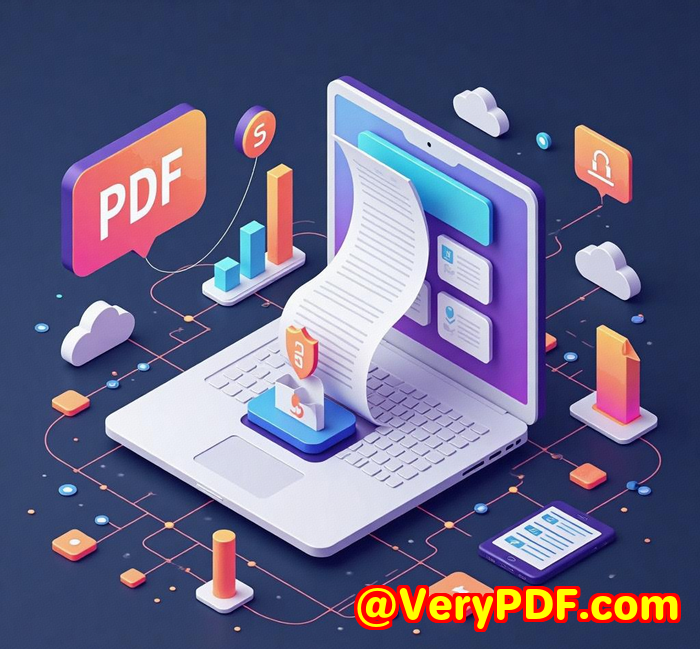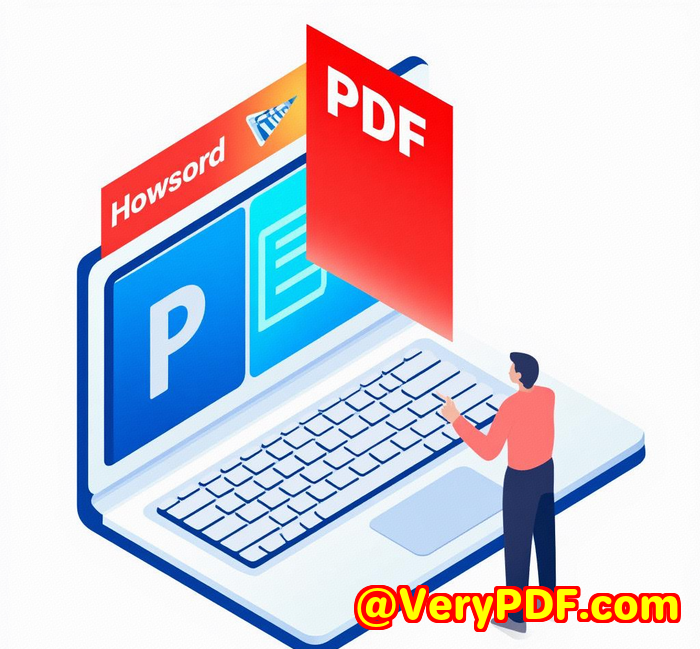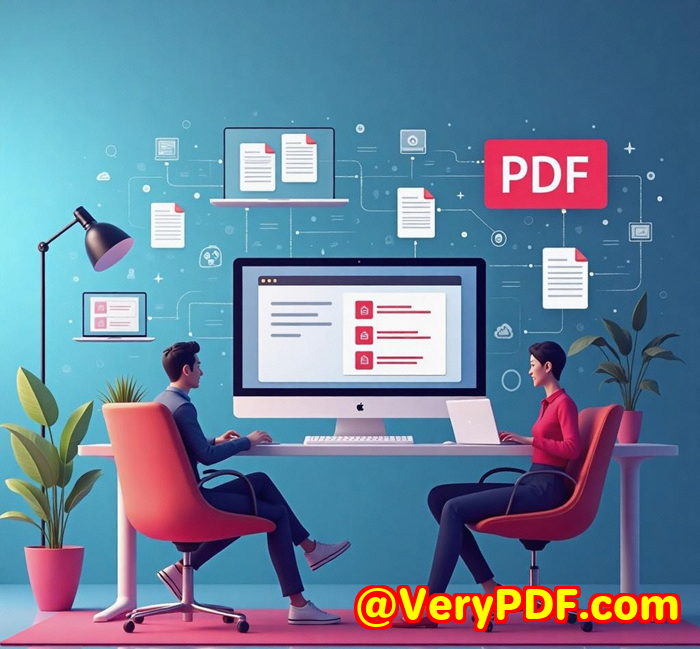Compare imPDF vs Docparser Which PDF API Offers Better Value for Developers and Enterprise Users
Compare imPDF vs Docparser: Which PDF API Offers Better Value for Developers and Enterprise Users?
Meta Description
Choosing between imPDF and Docparser? Here's my hands-on take on which PDF API gives more power, flexibility, and value to developers and enterprise teams.
Mondays, Migrations, and PDF Mayhem
A few months ago, I found myself knee-deep in a chaotic data migration project for a client in the legal sector. Their team had thousands of contract PDFssome scanned, others digitally generatedscattered across multiple systems.

They needed a way to extract data, redact sensitive information, convert PDFs to Word, and dump structured content into their new database.
Sounds simple, right?
Wrong.
We tried Docparser first. It got the job partially done but hit a wall fast when we needed deeper customisation and multi-step workflows. That's when I stumbled upon imPDF Cloud PDF REST API.
The difference? Night and day.
Why I Switched to imPDF After Docparser Let Me Down
Docparser markets itself welldon't get me wrong. It's user-friendly and pretty decent for basic data extraction from PDFs.
But when you're a developer building complex workflows or handling enterprise-level tasks, it starts to show cracks.
Here's where imPDF absolutely crushes it.
What is imPDF Cloud PDF REST API?
It's not just another PDF tool.
imPDF is a full-blown PDF processing engine living in the cloud. Think of it as a Swiss Army knife for developers working with PDFsconversion, extraction, optimisation, redaction, securityyou name it, it's there.
Works with pretty much every major language: Python, JavaScript, PHP, .NET, Java.
And it's ready to roll with Postman, GitHub examples, and even a built-in API Lab for real-time testing.
Perfect for:
-
Dev teams building automation into SaaS tools
-
Enterprise platforms needing bulk PDF transformations
-
Legal, finance, healthcare, logisticsyou name it
Real Use Cases: Where imPDF Saves My Sanity
Let me give you a few real-world examples from my day-to-day grind.
1. Converting Scanned PDFs to Word and Excel
Ever tried converting a scanned invoice to Excel using Docparser?
Yeah... OCR isn't its strong suit.
With imPDF's OCR PDF API, I can:
-
Convert a 100-page scanned PDF into editable Word
-
Extract tables directly into clean Excel sheets
-
Do it all in bulk, in seconds
That's been a game-changer for my work with accounting teams who regularly receive scanned receipts and ledger books.
2. Merge, Split, and Modify Without Breaking a Sweat
Need to:
-
Merge 50 PDFs into a single doc?
-
Remove a few pages?
-
Stamp a watermark and encrypt it before sending?
With imPDF's Modify PDF API, I chain those actions into a single workflow.
No manual clicking.
No weird UI restrictions.
Just raw API power.
3. Redact Sensitive Data Automatically
This one's huge for my legal clients.
They needed to automatically detect and redact names, emails, and case numbers from PDFs before sharing them publicly.
With imPDF:
-
I wrote a script using
Redact PDF API -
Input: hundreds of PDFs
-
Output: clean, redacted, secure docs
Docparser? It would've taken a Frankenstein setup of manual templates and human review to do the same.
So, What Makes imPDF a Better Value Than Docparser?
Let's break it down plain and simple.
Power & Flexibility
-
imPDF lets you build full workflows, not just isolated parsing tasks.
-
You're not locked into rigid templates or GUI limitations.
-
Want to convert HTML to PDF, then zip the files, and finally encrypt them? Go for it. imPDF has endpoints for all of that.
Developer-Centric Design
-
Built for coders.
-
Docs are clear. Examples are ready.
-
Test live in API Lab before writing a single line of code.
-
And it just workswhether you're scaling for 10 or 10,000 PDFs.
Scalability for Enterprise
-
imPDF doesn't blink at high-volume jobs.
-
It supports polling for long tasks, so nothing gets timed out or stuck.
-
Integrates smoothly into server environments, CI/CD pipelines, and third-party APIs.
More Bang for Your Buck
Let's talk cost-efficiency.
Docparser charges per document processed, and once you scale, things get very expensivefast.
imPDF? Usage-based pricing with more predictable cost control.
Plus, with more than 50 endpoints, you're getting an entire toolboxnot just a wrench.
Bottom Line: imPDF Delivers Real ROI
If you're a solo dev doing light data extraction, maybe Docparser works.
But if you're:
-
Building apps
-
Automating operations
-
Handling enterprise-level workloads
Then imPDF is your tool.
It's helped me reduce dev time, cut costs, and scale faster.
Every new client request? imPDF has an endpoint for it.
I'd highly recommend this to any developer or enterprise team dealing with heavy PDF workflows.
Try it now and see for yourself: https://impdf.com/
Custom PDF Solutions? imPDF Has That Too
Beyond the REST API, imPDF also provides custom dev services for PDF processing on all platformsWindows, Linux, macOS, and more.
They build:
-
Virtual PDF printer drivers
-
PDF to EMF/Postscript converters
-
API interceptors and file hooks
-
Barcode, OCR, and document layout recognition tools
-
Cloud-based conversion + digital signature systems
-
Security features like DRM, encryption, watermarking
Whatever your niche need ischances are, they've built it before.
Reach out here: http://support.verypdf.com/
FAQs
Q1: Can imPDF process scanned PDFs?
Yes, with built-in OCR functionality, it can convert scanned documents into editable and searchable files.
Q2: Does imPDF support batch operations?
Absolutely. You can batch convert, extract, split, merge, and moreusing simple API calls.
Q3: Is imPDF compatible with Python?
Yes, imPDF works with all major programming languages including Python, JavaScript, .NET, and more.
Q4: How is imPDF priced compared to Docparser?
imPDF offers usage-based pricing that scales better and provides more tools under one roofoffering better long-term value.
Q5: Can I test the API before committing?
Yes! imPDF's API Lab lets you try endpoints live and even generates code snippets to plug into your projects.
Tags / Keywords
imPDF Cloud PDF REST API
compare imPDF vs Docparser
enterprise PDF automation tools
PDF API for developers
PDF processing for legal teams



